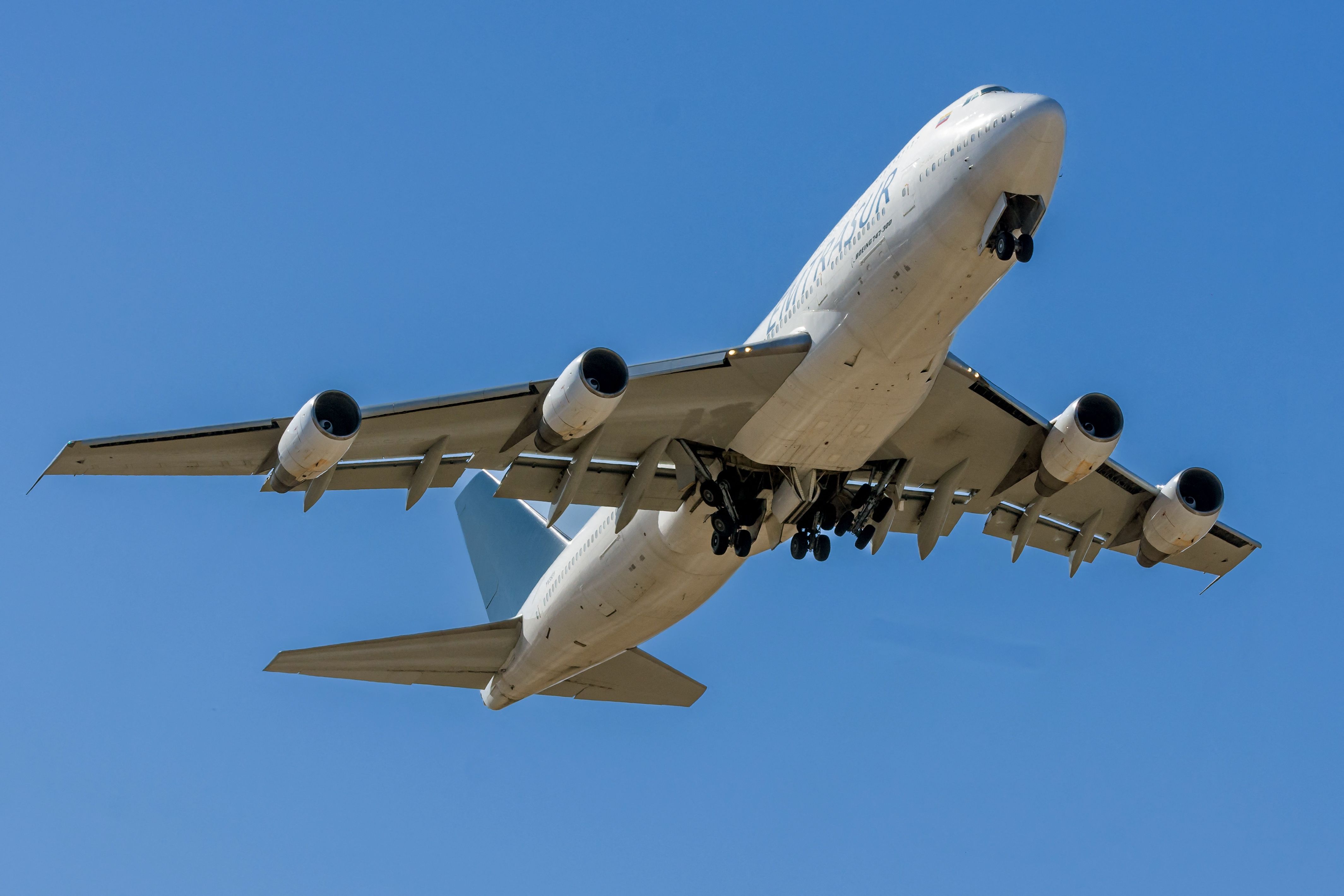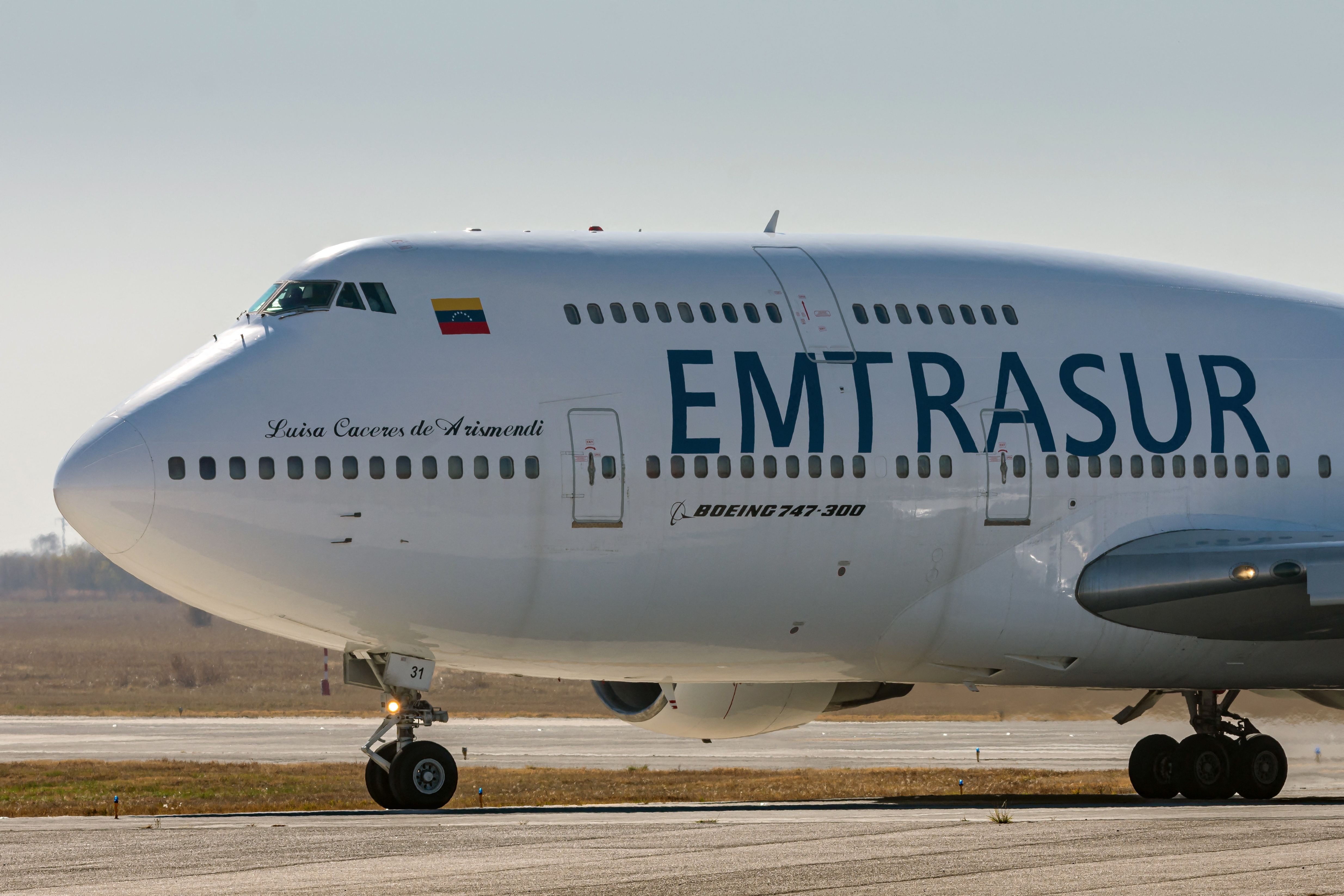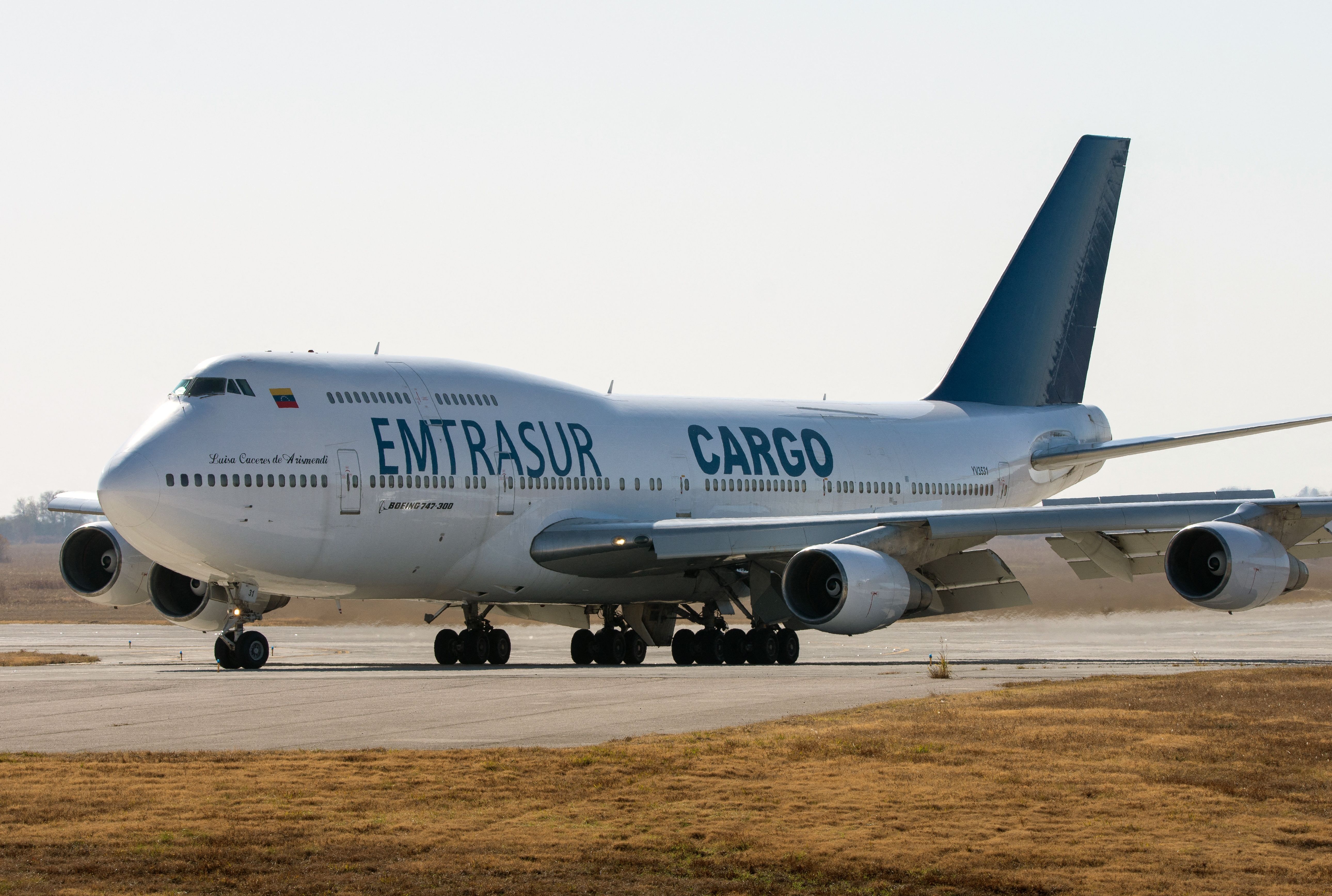On June 6, Emtrasur’s Boeing 747-300, registration YV3531 on its way to Buenos Aires Ezeiza International Airport (EZE) diverted to Córdoba. This seemingly minor incident, caused by thick fog in Buenos Aires, triggered a geopolitical drama involving the Argentine, Venezuelan, Iranian, and American governments.
Almost two months have passed, and the Boeing 747 is still stuck at Ezeiza, part of the crew is still in Buenos Aires, and as recently as this past Tuesday, the US Department of Justice released a statement saying it is seeking the seizure of the Boeing 747 cargo plane currently grounded in Argentina. According to the DOJ, the jumbo jet was recently transferred from a designated Iranian airline to South America in violation of US Export Control Laws.
The trigger: a thick fog
Emtrasur, a cargo airline branch of Venezuela’s State carrier Conviasa, was carrying auto parts between Mexico and Argentina on June 6, with a fuel stop in Caracas. Nonetheless, when the aircraft was near Buenos Aires, it diverted to Córdoba, a city located northwest of Argentina’s capital. A thick fog at Ezeiza was impacting the airport operations, and forced the crew to deviate from its original route.
The 747 landed in Córdoba to the amazement of the people at the airport, which is not used to receive a Queen of the Skies very often. That same day, a few hours later, the aircraft departed for Buenos Aires, but by that time, the eyes of the public were already on it. Why was a Venezuelan cargo carrier in Argentina? Did it turn off its transponder? Why did it have 19 cabin crew members, including five Iranian citizens?
Upon landing in Buenos Aires, the crew began having trouble with the local authorities and fuel suppliers. On June 8, Emtrasur’s crew briefly attempted to depart from Buenos Aires to Montevideo, Uruguay, in a short flight to get fuel before flying back to Caracas. Nonetheless, it was quickly denied access to the Uruguayan airspace, forcing it to return to Argentina.
The plot, as the fog, thickens
A few days after the 747 returned to Argentina, the government of Paraguay raised the alarms. It said that Emtrasur had also operated a flight to its territory and landed with 18 people onboard, including seven Iranian citizens.
In Buenos Aires, one of the Iranian crew members was linked as an ex-commander for the Islamic Revolutionary Guard Corp-Qods Force and a shareholder and member of the board of Iranian airline Qeshm Fars Air.
Emtrasur also sent its 747 to cities such as Querétaro, Toluca, Mexico City (Mexico), Belgrade (Serbia), Moscow (Russia), Oranjestad (Aruba), and Minsk (Belarus), according to data available at FlightRadar24.com.
Discover more aviation news here.
Broader activity
The flight record of the aircraft under the Venezuelan regime raised some eyebrows, as well as the previous owner of the 747. Prior to flying with Emtrasur, this 747 belonged to Mahan Air, Iran’s State carrier. The airline allegedly sold the jetliner in 2022, and it is expected that Emtrasur could receive at least two more jumbo planes. Nonetheless, Argentinian law enforcement also searched the aircraft and found a Mahan Air flight log documenting the aircraft’s flights after the unlawful transfer to the Venezuelan carrier.
According to the US Department of Justice, the transfer of the plane from Mahan Air violated the export control laws; therefore, it is entitled to request the Argentinian authorities to seize the cargo aircraft.
“Today’s coordinated actions target the unlawful transfer of an Iranian cargo plane to a Venezuelan airline and the airline’s subsequent operation of that plane in violation of our rules,” said Assistant Secretary of Export Enforcement Matthew S. Axelrod of the US Department of Commerce’s Bureau of Industry and Security. “We will continue to take significant and direct enforcement action against foreign airlines operating US-origin aircraft in violation of US export controls.”
On Wednesday, Venezuela’s president Nicolás Maduro said the US government is attempting to “steal” an aircraft owned by Venezuela.



